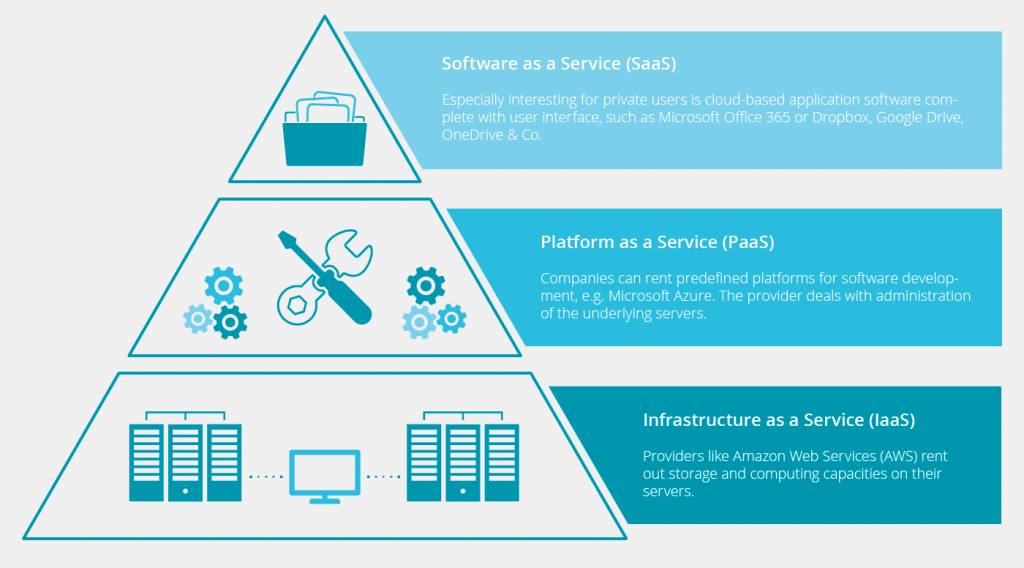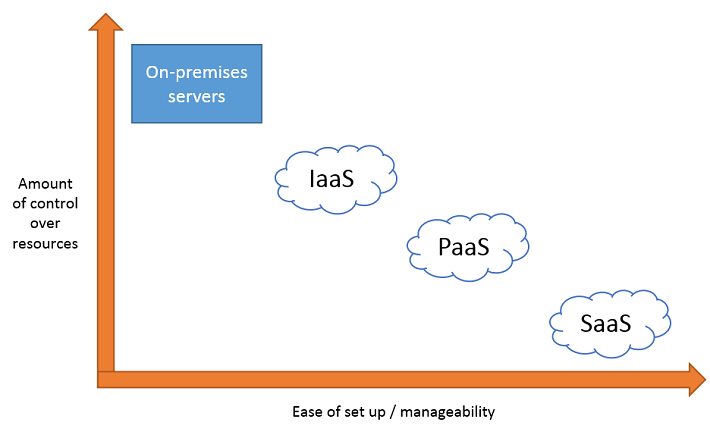2 - Cloud backups

Scenario: You lose your external drives. Is your data backed up?
Cloud storage provides a convenient way to store, back up and retrieve data. Well chosen storage solutions will simplify version control and collaboration with others. Cloud storage protects research data against computer failure, hard drive corruption and accidental deletion by making research data restoreable.
Choosing the right storage solution will be determined by a number of factors. Some things to consider include:
- contractual requirements of funding bodies
- legal requirements to retain or discard data
- best practices in your field.
Major funders of Australian research, the Australian Research Council (ARC) and the National Health and Medical Research Council (NHMRC) require researchers to store and manage their data as part of their funding requirements. The options below have been developed to meet these requirements.
At Griffith, three types of data storage are available to researchers:
Research Drive
Research Drive is a good option for your day-to-day working files. It has unlimited storage capacity and can be shared with your Griffith collaborators (but not externally).
Research Space
This option has a ‘sync’ client that automatically copies your files from your computer to the cloud - similar to DropBox or Google Drive, but with more security. Research Space allows data sharing with collaborators external to Griffith. Collaborators can be added using a Linkedin profile, Griffith, other university or Gmail account, or you can share with a URL, password and expiry date.
Research space has unlimited storage. Initially, you are provided 5GB of space, to add an unlimited folder click “Add more storage”.
Research Vault
Is a solution for long term storage and backup of data. The Research Vault is suited to store a master copy of your raw data or the research of your completed PhD candidate who is leaving the university.
Unure which option is best? Compare the storage features.
Application of cloud solutions to documentation in research
When teams, projects, institutes, or organisations refer to cloud, it can often take on various definitions that are not always clear. In this section, the focus will be made on using cloud technology to sync and store documentation relevant to your research project.
Further to the concepts of sync and store, cloud providers can offer their solutions across three key product types:
- IaaS - Infrastructure as a Service
- PaaS - Platform as a Service
- SaaS - Software as a Service

As we can see above, the level of complexity to digitally store and sync documentation increases from SaaS products at the most convenient and accessible end, to IaaS products which have a significant amount of overhead associated with their use.
That is not to say that IaaS solutions are always preferred and assumed to be the best solution. Depending on the size of your project, budget, and available time, SaaS solutions may be a better option.
We can see below that alongside complexity, the amount of control is inversely proportionate to ease of set up.

Although each service options (SaaS, PaaS, IaaS) will all achieve sync and storage functions for your documentation. The difference lies in the level of granularity you can manipulate the type of storage, amount of storage, level of access for collaborators, method of sync (live, on save etc.), change tracking, or whether documents remain in the cloud instead of being downloaded locally each time.
Back up your data to the cloud in Research Storage - if you need help selecting the right storage solution for your context, talk to the Library or eResearch Services.
Read PLoS article Ten Simple Rules for Digital Data Storage for more detailed information on what to do in your specific research use case.
Develop a plan for your team or group on the storage, back up and retrieval data, include both day to day workflows and long term storage. Make sure the location of your data is saved in your documentation. Your organisation may have a data managment planning template you can download to document and share these decisions.